From the 4th to the 15th July, over 90 scientists from 30 countries have gathered at the Abdus Salam ICTP in Trieste, Italy, to attend the College on Multiscale Computational Modeling of Materials for Energy Applications. This college had the goal to put together experts in multiscale modeling from the atomistic scale up to the macroscopic continuum. The idea is that multiscale modeling is necessary because of mutual interdependence of processes taking place at very different length and time scales. Therefore, only a multiscale approach is able to provide insight into the effect of microscopic processes on the actual device performance and stability, and to provide understanding and guidance relevant to process and device optimization, also in an industrial context.
The college consisted of theoretical lectures on the computational methods, hands-on sessions to get practically acquainted with techniques and codes, seminars on current materials challenges in the energy sector held by leading experts from academia and industry, and seminars on career development.
Continue reading College on Multiscale Computational Modeling of Materials for Energy Application

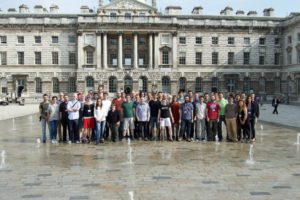
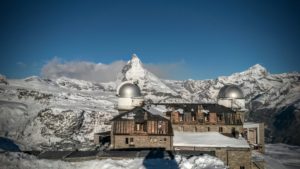
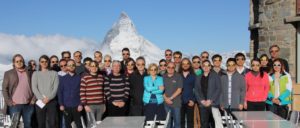
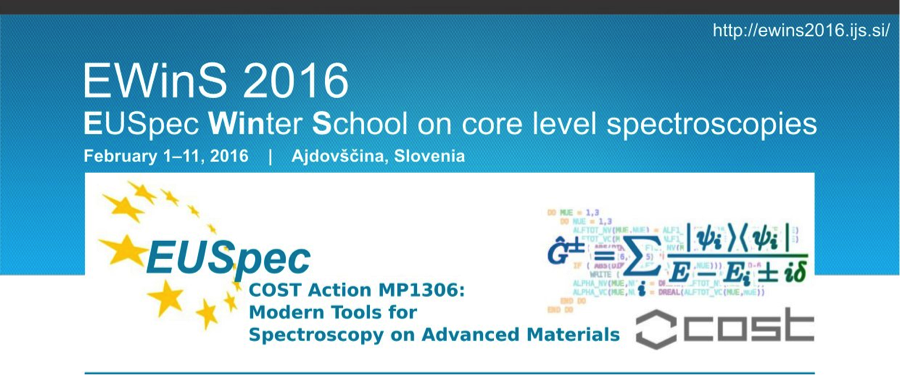
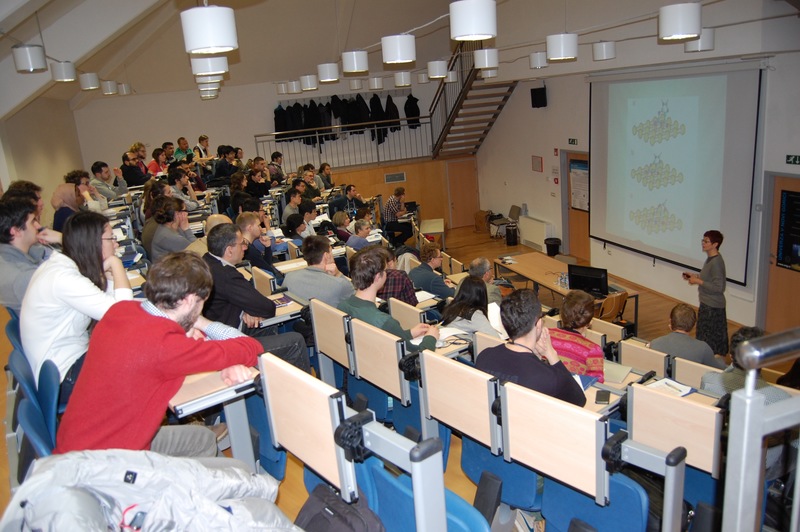
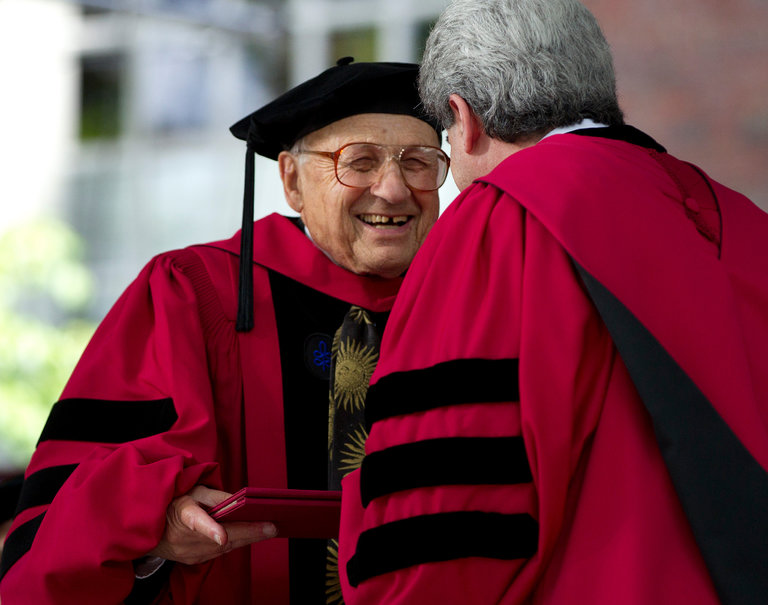
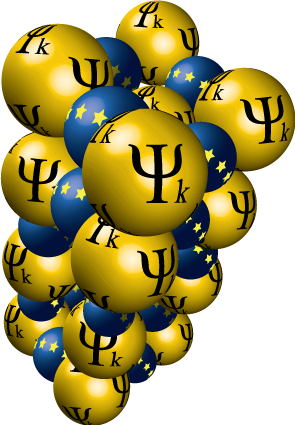
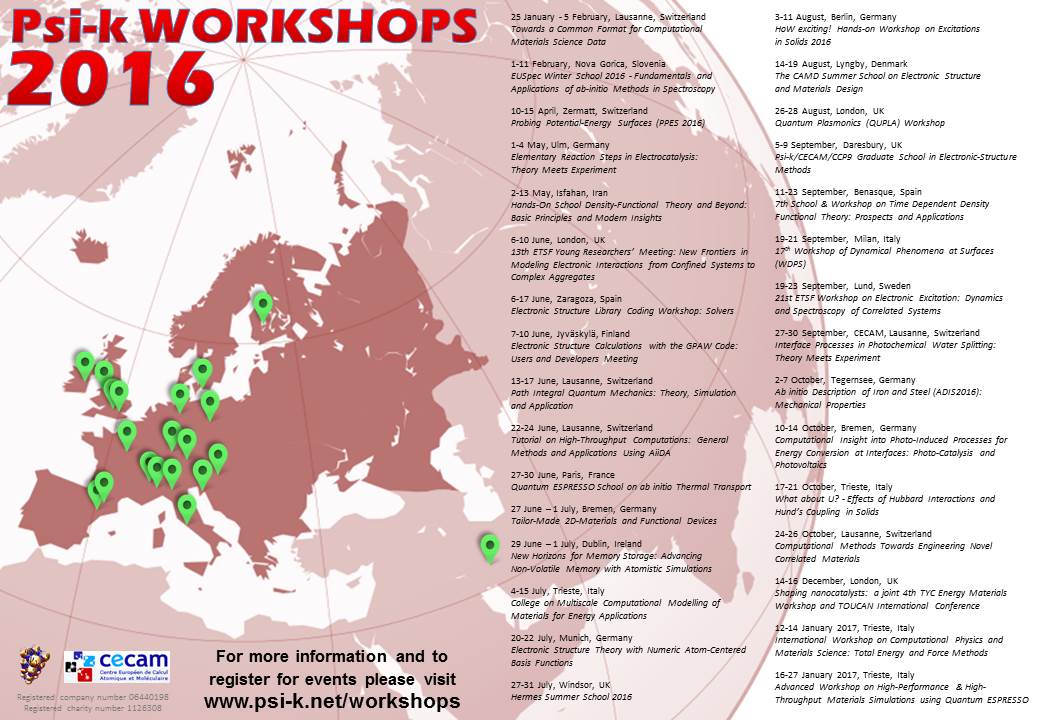
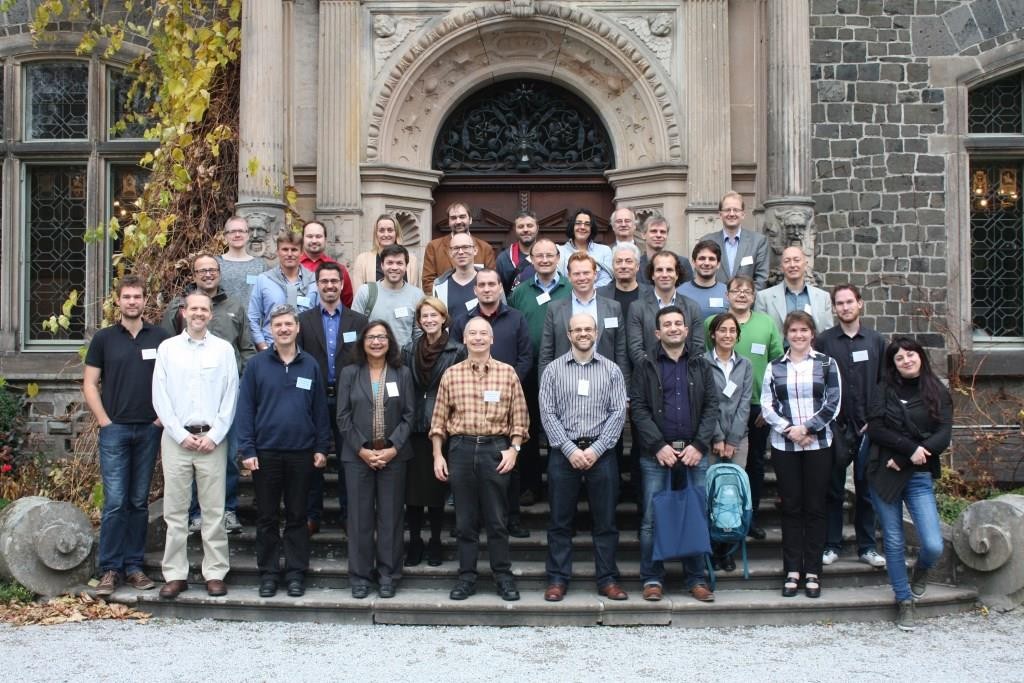
During the DPG Condensed Matter Meeting in Regensburg the Psi-k Network will organize again a Psi-k Scientific Get-Together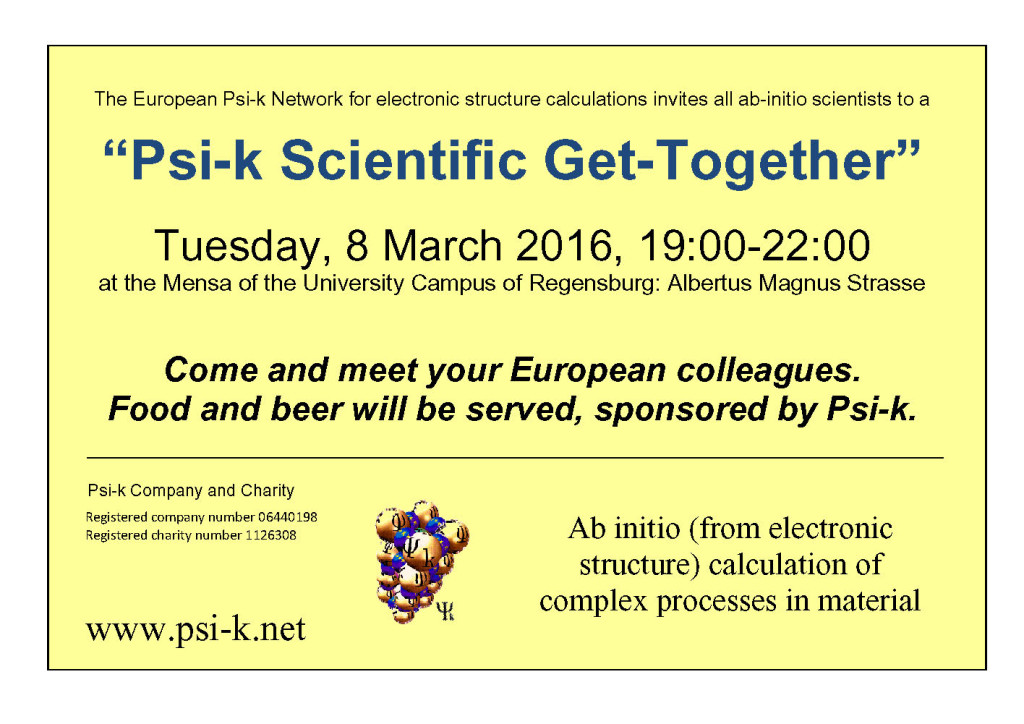
We hope that you can come to the meeting and that we have a nice Get-Together. Please distribute the attached flyer to your colleagues and coworkers.
See you in Regensburg
Peter Dederichs
Honorary Chairman